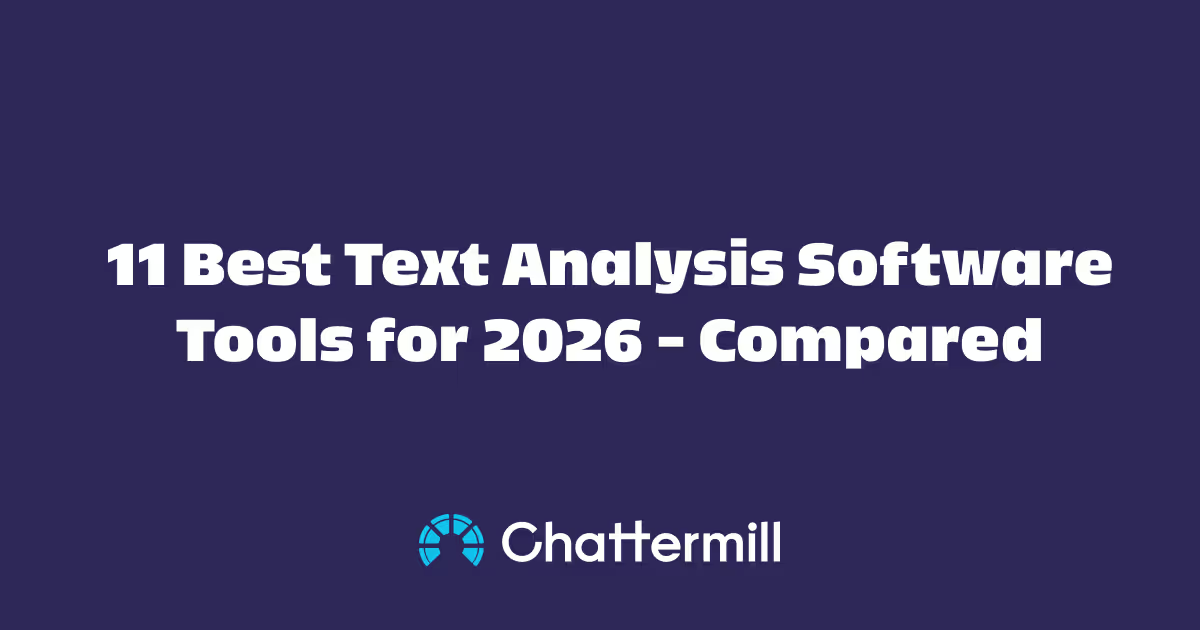Late in 2021, Nick Beighton stepped down from his role as Chief Executive of online fashion brand Asos amidst a simmering profit warning – predictions suggest profits will plunge more than 40% in 2022.
A significant reason for this projection is the introduction of Asos’ unlimited returns policy. As the BBC piece covering the news suggests, “Asos said returns were already normalising, adding that the new customers it attracted in the last year were more likely to send clothes back.”
Sophie Lund-Yates, equity analyst at Hargreaves Lansdown, goes further, suggesting: “A reluctance to leave the house meant return rates were lower [during Covid-19], resulting in XL margins. However, the tailwinds are easing and the Asos bubble has burst."
This is a situation not unique to Asos. Many retailers today find themselves in a similar situation. As more customers shop online, the cost of returns has increased alongside it – with customers buying multiple products and sending those they don’t like back for free, or at minimal cost to themselves – but with significant costs for the business.
As Customer Experience Futurist Blake Morgan alluded to in her ‘The Modern Consumer’ newsletter, the business costs of returns are so high some retailers are letting customers keep the products they’d usually send back.
“Processing online returns can cost retailers $10-$20 per item. For smaller items that cost less than $20, it can actually lead to a loss to take the item back instead of simply issuing a refund and moving on.”
Risk-free returns are great for customers, of course, but are proving to be a significant risk factor for businesses. And with the peak shopping seasons of Black Friday, Cyber Monday, Christmas, and the January sales rapidly approaching, this risk further intensifies.
With products heavily discounted, already slim margins can (and most likely will) be wiped away once the costs of thousands of customers sending products back that don’t fit or aren’t quite right are factored in.
“In the first week of 2021, UPS accepted 1.75 million returns into its system every day. The expected nearly 9 million returns in a week is a 23% increase over last year’s holiday season.”
And as recent news indicates, for fast fashion retailers like Asos, this poses a huge challenge.
For big-ticket retailers like Wayfair and Very, it’s perhaps even more challenging. After all, the cost of returning a shirt is tens of dollars. But the marginal cost of returning a sofa, bed, or 70” TV is potentially much, much higher.
Given this, it might be tempting for some companies to think about restricting ease of return. But when competitors are still offering risk-free returns across their product lines, is this really a viable option? Even if competitors don’t offer risk-free returns, if you once did, and then backtrack, you run the risk of harming customer experience and customer retention.
When 81% of leaders surveyed by Gartner say they expect to be competing mostly or completely on the basis of CX in the future, restricting ease of return is not a wise move.
So what’s the solution for big-ticket retailers, and indeed, fast fashion brands like Asos?
The secret, I believe, is understanding why customers make returns.
Understanding why your customers return items is the key to success
Before we go into how you can effectively monitor customer returns, ask yourself this question: How are you going to be monitoring your return-based data?
Many businesses I speak to use a free text ‘reasons for return’ form to gather feedback. But, few do much with it.
But I believe this information is absolutely critical to understanding why customers choose to return products. After all, it’s only by listening to your customers directly that you can get to the bottom of why you’re experiencing returns across different product lines.
The issue for many is when you’re dealing with thousands of returns – as most retailers are – understanding this unstructured, free text data at scale can be challenging. Not to mention the fact that achieving consistency of insight can be near-impossible when dealing with customers’ own ‘unique’ unstructured answers.
To fully understand the reasons for return, reduce the risk of returns negatively impacting peak shopping seasons, and set yourself up for a more successful year ahead, we need a better solution. That’s where Chattermill comes in.
How Chattermill’s Unified Customer Intelligence can help you reduce the risk of returns
Analysing unstructured customer data to deliver actionable intelligence is what we do best at Chattermill. And it’s why it’s such a business-critical solution to retailers’ current and future returns woes.
To give one example, a major fast-fashion retailer operating in a similar space to Asos now uses Chattermill to see which products drive the highest rate of negative feedback and returns – and why they’ve returned.

As you can see from this example, our customer can at a glance see that mini dresses are causing the most significant return problems. But also that jeans are, in terms of share of sentiment, also a significant risk factor.
They then click into each product to isolate what exactly it is about those products that lead to returns. For example, it could potentially be sizing issues that are leading to mini dresses being returned. Or it could be poor quality zippers that are leading to the return of jeans.
To give another example, a big-ticket homeware brand similar to Wayfair uses Chattermill in a very similar way. Below is an example of a dashboard they use to analyse their returns.

In the Chattermill app, they segment returns issues by product type and monitor the overall trend in returns over time. Like the fast-fashion brand, they also find out what it is about each of their products that lead to excess returns by drilling down into each point.
How does Chattermill analyse returns?
Chattermill unifies and analyses unstructured data from businesses’ online return forms and reviews, and uses artificial intelligence to work out the sentiment and reason behind each return. It also pairs the reasons for customer returns with customers’ purchasing activities, such as product, region, store, etc.
This can be done at a near-infinite scale and is one reason why our fast-fashion customers (and many others like them) choose Chattermill.
Not only do we give smarter, deeper intelligence than other technology providers can deliver, but our insights are unburdened by human bias, and delivered on a scale necessary for any high-growth fast fashion brand. Or indeed, any retail brand.
The result? Businesses can make more accurate business decisions based on what works and what doesn’t. And this ultimately leads to fewer returns in the long run.
It’s time to embrace Unified Customer Intelligence
When you understand why you can make decisions that solve the underlying problems that lead to your products and services being returned.
There’s never been a more critical time to embrace this approach.
After all, with returns being such a significant risk factor for retail businesses’ profits, and with smaller profit margins during sales and promotions, failing to do so could mean your brand’s profits, like Asos’, plunge in the months and years ahead.















